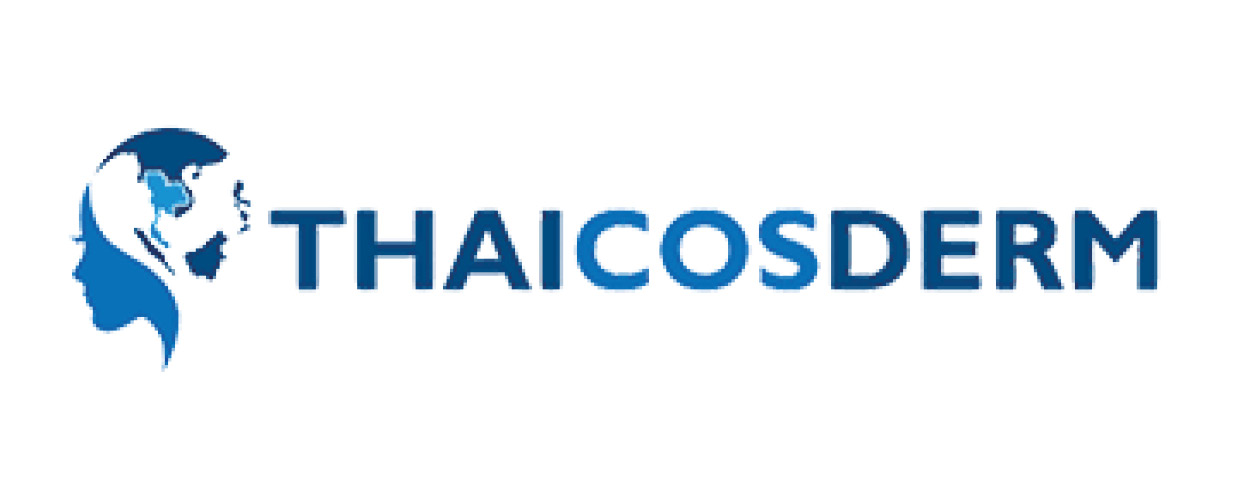VOLTAR
IMCAS World Congress 2023
IMCAS World Congress 2023
Programa
S118
New injection technique for the Asian look (in collaboration with THAICOSDERM)
Sala: Room 242 - Level 2
Data: sexta-feira 27 janeiro 2023 de 14:00 às 15:30
Formato: FOCUS SESSION > lectures covering a major topic of the congress
Data: sexta-feira 27 janeiro 2023 de 14:00 às 15:30
Formato: FOCUS SESSION > lectures covering a major topic of the congress
Apresentações desta sessão
| Horas | Palestrantes | Título da apresentação | Resumo | Número |
| 14:00 | Innovative aesthetic technique in Asia from a global perspective | 121755 | ||
| 14:15 | Using exosomes and botulinum toxin to treat large skin pores, skin flushing, and skin pigmentation | Visualizar | 121888 | |
| 14:30 | Facial enhancement with fillers with selected rheological properties | 120928 | ||
| 14:45 | Beautification in Asian lips | 120927 | ||
| 15:00 | Tear trough correction in Asian patients | Visualizar | 120926 | |
| 15:15 | Discussion and Q&A | 120929 | ||













